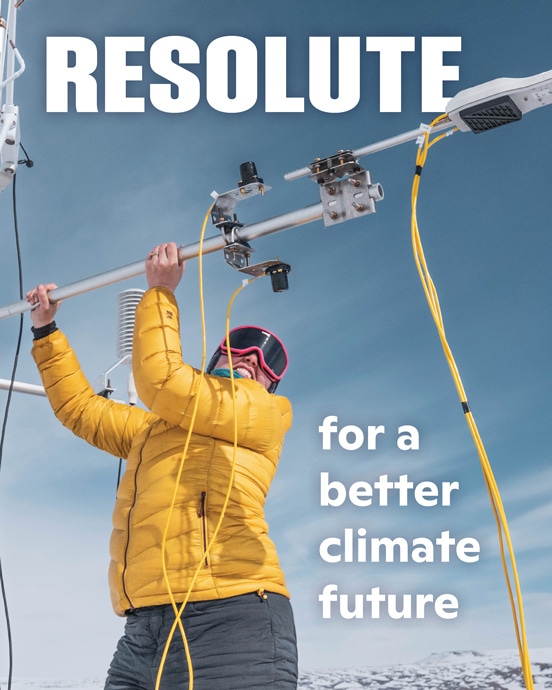Greenhouse gas emissions from burning US-sourced woody biomass in the EU and UK
Summary of research findings
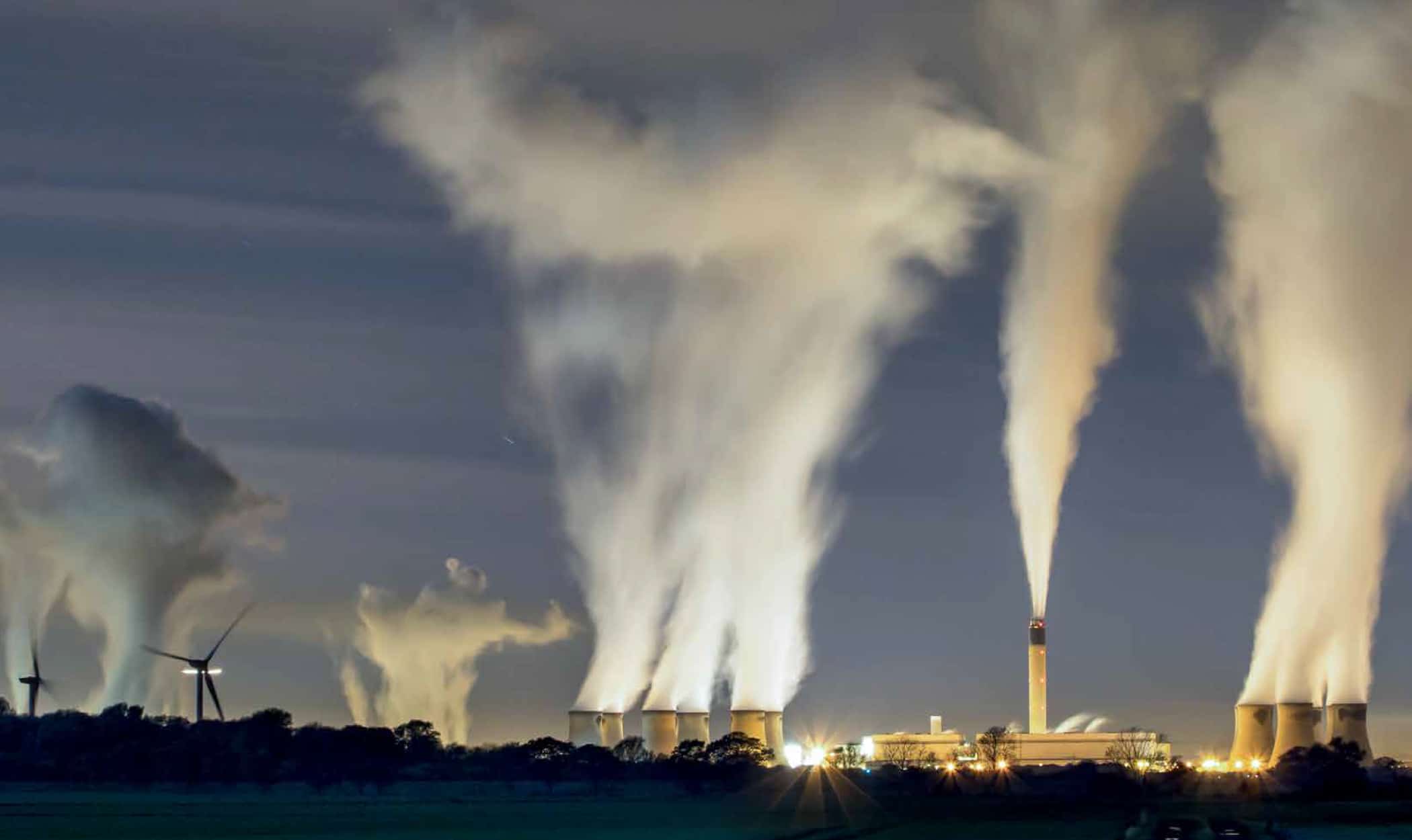
Introduction
As more and more countries adopt climate targets to achieve net zero greenhouse gas emissions, the relevance of forests as stores of sequestered carbon has increased. However, the growing use of forest biomass to generate electricity and heat has raised concerns over the immediate emissions resulting from burning wood.
Many national and intergovernmental policy frameworks, including those of the EU and UK, currently treat biomass energy as zero-carbon at the point of combustion. Accordingly, they grant it access to financial and regulatory support available for other renewable energy sources. These incentives have driven a rapid increase in the consumption of biomass for energy, even though its combustion may increase atmospheric concentrations of carbon dioxide (CO₂) for years or even decades to come.
This report examines the issue in relation to one particular source of woody biomass: wood pellets sourced from the US that are burnt for electricity and combined heat and power (CHP) in the EU and UK. Although wood pellets represent only a proportion of the total woody biomass consumed for energy in the EU–and of forest harvests in the US–the market has grown rapidly in recent years. US-sourced pellets account for the majority of wood pellet imports to the UK and are an important source for the EU.
In 2019, according to our analysis, US-sourced pellets burnt for energy in the UK were responsible for 13 million–16 million tonnes of CO₂ emissions, when taking into account emissions from their combustion and their supply chain, forgone removals of CO₂ from the atmosphere due to the harvest of live trees and emissions from the decay of roots and unused logging residues left in the forest after harvest. Almost none of these emissions are included in the UK’s national greenhouse gas inventory; if they were, this would have added between 22 and 27 percent to the emissions from total UK electricity generation, or 2.8–3.6 percent of total UK greenhouse gas emissions in 2019. This volume is equivalent to the annual greenhouse gas emissions from 6 million to 7 million passenger vehicles.
Emissions from US-sourced biomass burnt in the UK are projected to rise to 17 million–20 million tonnes of CO₂ a year by 2025. This represents 4.4–5.1 percent of the average annual greenhouse gas emissions target in the UK’s fourth carbon budget (which covers the period 2023–27), making it more difficult to hit a target which the government is currently not on track to achieve in any case.
While emissions are likely to fall by 2030, with the end of government support for power stations converted from coal to biomass, they could rise again thereafter if bioenergy with carbon capture and storage (BECCS) plants are developed at scale.
Conclusions and recommendations
The treatment of biomass as zero-carbon in policy frameworks has led governments to provide significant financial and regulatory support for the use of biomass for power and heat. Since emissions take time to be reabsorbed by forest growth, carbon emissions in the atmosphere will increase for a period of decades or even centuries, depending on the feedstock type. Policymakers in consumer countries will be given a false sense of optimism about the progress being made in decarbonizing their energy supply, while producing countries have no corresponding incentive to reduce future emissions in compensation. Subsidies for biomass energy have been delivered–and seem likely to continue–with essentially no mechanism to discriminate between feedstocks with different carbon payback periods, and therefore no effective means of limiting the impact on the climate.
The type of feedstock used in biomass plants is critical. We conclude that only those categories of feedstock with the lowest carbon payback periods should be eligible for financial and regulatory support. This is consistent with the Paris Agreement’s aim of peaking global emissions ‘as soon as possible,’ and reduces the chance of reaching a climate tipping point.
The current sustainability criteria in the EU and UK that define the categories of biomass feedstock that can be supported and the conditions under which they can be burnt do not take account of the real impacts of different feedstocks on the climate and cannot, accordingly, achieve this aim. They are also defective in other ways. (If adopted, the new proposals published by the European Commission in July 2021 would improve EU sustainability criteria somewhat, but their impact would be very limited.) We therefore recommend that EU and UK sustainability criteria be amended as follows:
Only those categories of feedstock with the lowest carbon payback periods should be eligible for support: sawmill and small forest residues and wastes with no other commercial use whose consumption for energy does not inhibit forest ecosystem health and vitality.
- Much tighter definitions of feedstock categories should be introduced to prevent whole trees being treated in the same way as genuine residues.
- Periodic monitoring of feedstock use and impact should be conducted to ensure that allowable feedstocks are not diverted from other uses–e.g. for wood products.
- Additional criteria should be included to protect particular types of landscape, including primary and highly biodiverse forests, from the extraction of biomass for energy. (This is included in the European Commission’s new proposals.)
- The UK’s adoption of a ceiling on feedstock supply chain emissions of 29 kg CO₂eq/MWh is welcome in limiting the types of feedstock that can be used; it seems likely to restrict feedstocks to domestically sourced products. Similar limits should be introduced in the EU.
- The energy efficiency thresholds for new power stations in the EU criteria should be increased and extended to both older and smaller installations.
- The new proposals from the European Commission to extend support beyond 2026 for the use of forest biomass in electricity-only installations in coal-dependent regions will encourage further coal-to-biomass conversions and should be dropped.
- Feedstock for BECCS plants should be subject to at least the same constraints as other biomass plants.
Emissions from any type of biomass used for energy not satisfying the criteria proposed above should be included in full in the consuming country’s greenhouse gas totals when judging progress against their national targets and in relevant policy frameworks, such as the EU’s Emissions Trading System. Since these categories of feedstock have longer carbon payback periods than those eligible for support under our recommendations, this would be an effective way of ensuring that the period during which carbon concentrations in the atmosphere are higher than they would otherwise have been is not simply ignored, as it is under existing policy frameworks.
Beyond 1.5: Tipping points: Is there a point of no return?

Arctic permafrost and tropical forests are two of the most powerful natural drivers of our climate system, and both are approaching the point of tipping from carbon sinks to carbon sources–with potentially catastrophic consequences. At the same time, the ice sheets of Greenland and Antarctica are nearing points of no return, beyond which they may be committed to complete melting that would cause massive sea-level rise. Continuing to emit greenhouse gases without knowing where these tipping points lie is like driving toward a cliff in the fog. This gripping event will explore what we know–and need to know–to avoid going over the cliff.
Watch the video recording.
Review of permafrost science in IPCC’s AR6 WG1
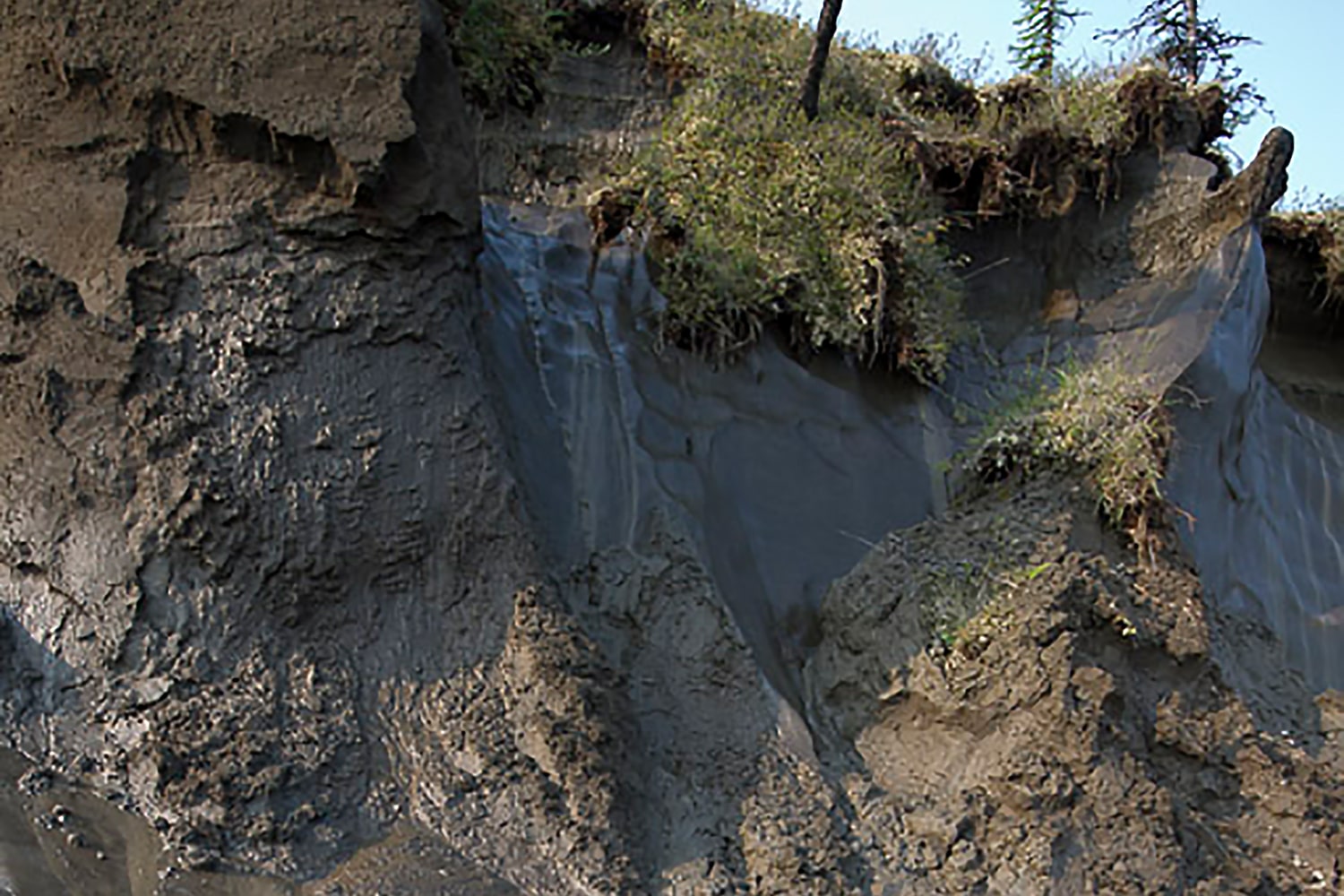
Introduction
This summer, the first installment of the International Panel on Climate Change (IPCC)’s Sixth Assessment Working Group 1 Report (AR6 WG1) was released; it focuses on the physical science of climate change, incorporating the latest advancements in climate science.
This includes the impacts of climate change on the Arctic, which is experiencing the most dramatic warming on the globe. Much of the Arctic is underlain by permafrost, which is ground that has been frozen for at least two consecutive years. Permafrost stores vast amounts of carbon, roughly twice as much as in the atmosphere. As the Arctic warms, permafrost thaw will have impacts locally and regionally as well as globally because permafrost carbon emissions will exacerbate warming further. We examine the state of permafrost science in the AR6 WG1 report.
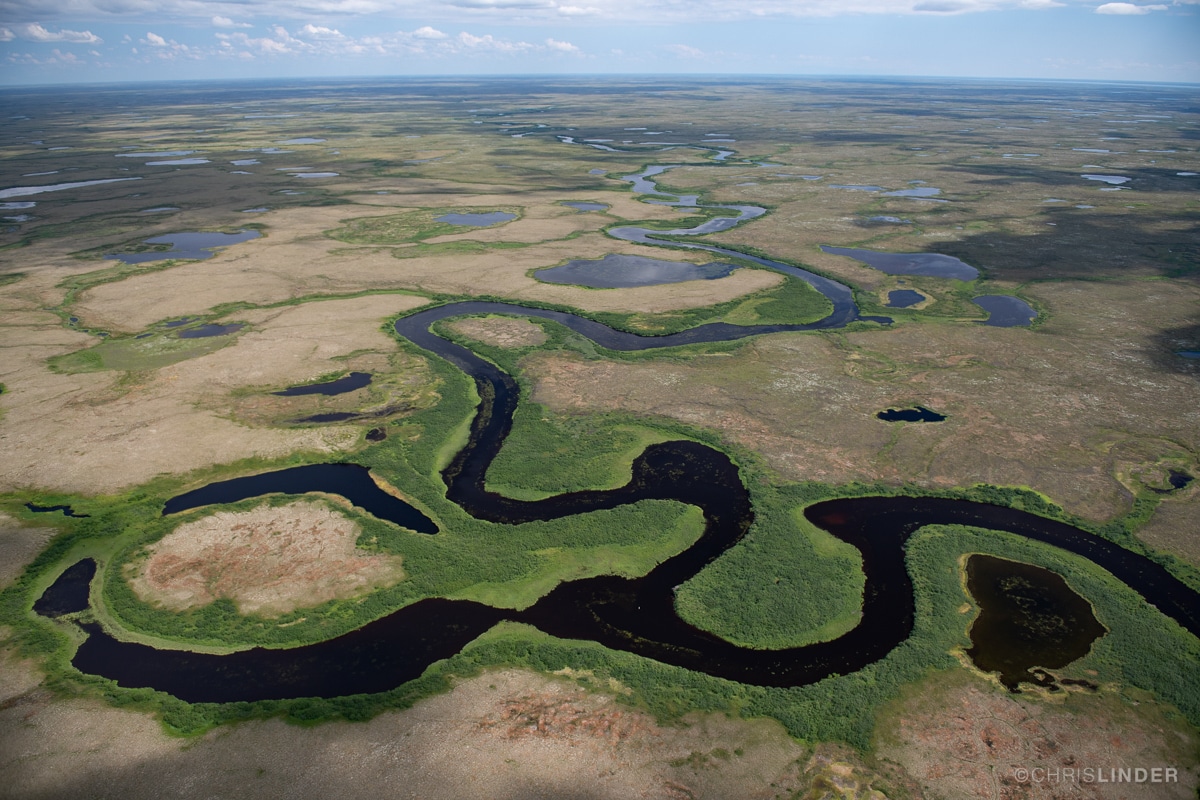
Review
- As in previous reports, there is high confidence that warming will further permafrost thaw. Thawing increases linearly with warming scenarios.
Warming caused permafrost volume (top 3 meters) decrease compared to 1995–2014 conditions.
1.5°C–2°C = up to 50%
2°C–3°C = up to 75%
3°C–5°C = up to 90%
- With increasing warming, there is high confidence that thawing permafrost will lead to carbon release. Already, some regions of permafrost are net sources of carbon.
- The losses of permafrost carbon are irreversible at centennial timescales.
- There remains uncertainty on the timing and magnitude of emissions from permafrost.
- The carbon budget is the amount of carbon that can be released without overshooting temperature targets (1.5°C and 2°C) set under the Paris Accord.
- Most climate models still do not include permafrost processes. Nonetheless, the remaining carbon budgets (the amount of carbon that can be released without overshooting temperature targets) featured in AR6 WG1 do include emissions from permafrost for the first time.
- This is done using a simplified, preliminary estimate that both assumes a linear relationship between warming and permafrost emissions and excludes a number of critically important thaw processes—notably abrupt thaw (thaw-induced ground collapse that exposes deep permafrost) and fire-permafrost interactions. As a result, the projection (3–41 GtC per 1°C of warming by 2100) is underestimating permafrost carbon emissions potential in the budgets.
- In the AR6 WG1, the IPCC calculated the remaining carbon budget starting from January 1, 2020 to be:
Limiting warming to 1.5°C
50% chance = 500 GtCO₂
67% chance = 400 GtCO₂Limiting warming to 2°C
50% chance = 1,350 GtCO₂
67% chance = 1,150 GtCO₂
Conclusion
With each assessment report, there is increased urgency to reduce carbon emissions to avoid the most catastrophic impacts of climate change. A large gap remains in 1) understanding the magnitude of permafrost carbon emissions, and 2) incorporating those emissions into models. We hope to see this addressed in AR7.
Download as PDF>Download the pdf.
Arctic carbon
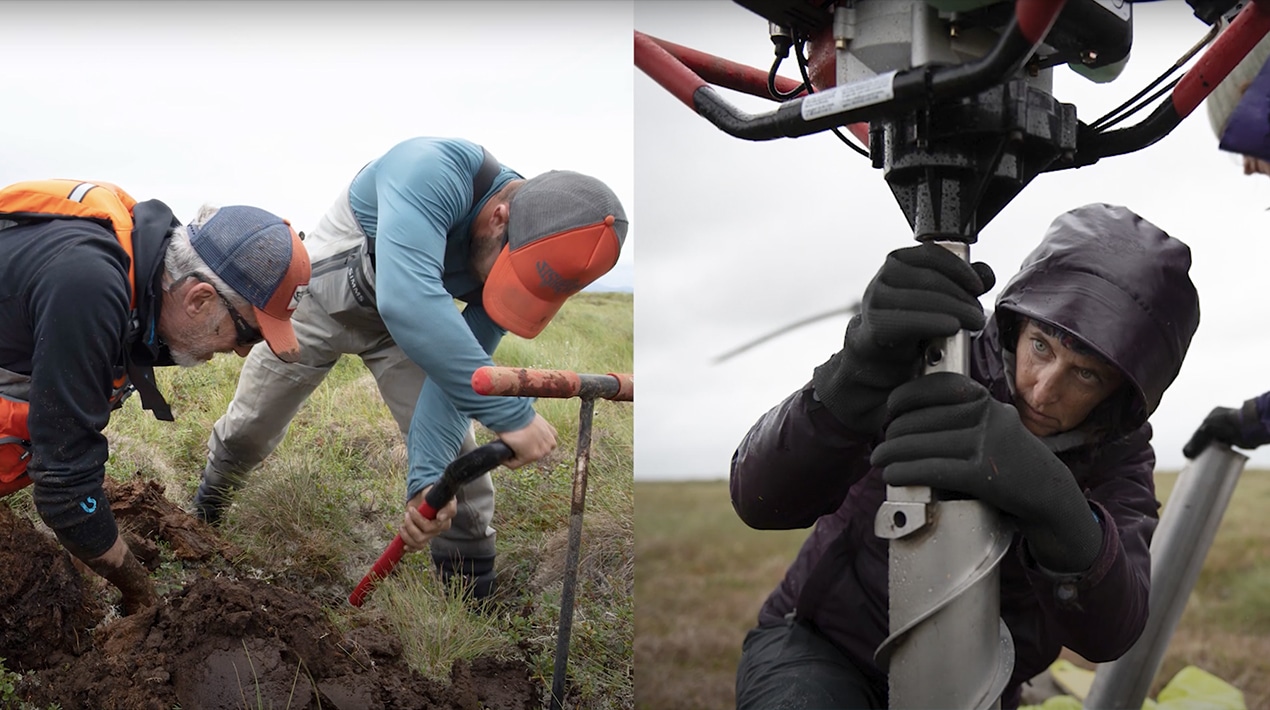
Imagine trying to stop climate change without including one of the world’s top greenhouse gas emitters. We basically are.
Only, it isn’t a country we’ve been ignoring. It’s permafrost.
Beyond 1.5: Internalizing risk: What 1.5°C (and beyond) looks like
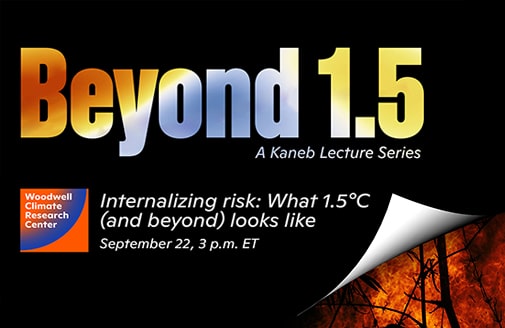
Despite public perceptions, 1.5C degrees of warming has never been “safe,” and current events are raising awareness of the severity of impacts we face. This hard-hitting event brings into sharp relief the near-term physical, socioeconomic, and geopolitical risks of continued warming, and spotlight the power of internalizing climate risk for driving change in public- and private-sector decision-making.
Watch the video recording.
Identifying Gaps Between Climate Science and Policy Implementation
A series of workshops hosted by the COP26 Presidency and Woodwell Climate aims to increase climate risk understanding at highest levels of government
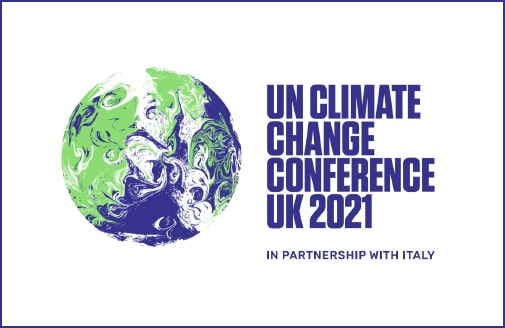
The UK hosted the 26th UN Climate Change Conference of the Parties (COP26) in Glasgow on 1–12 November 2021. The COP26 summit brought together parties from across the globe to accelerate action towards the goals of the Paris Agreement and the UN Framework Convention on Climate Change. Thus far, policy progress has not matched the severe impending climate change impacts predicted by models.
Leading up to COP26, the COP Presidency and Woodwell Climate Research Center organized country-specific workshops for 13 countries. These guided discussions attempted to identify how best to deliver climate risk science to heads of government in a way that will influence national policy.
“It is critically important that policymakers understand the severity of climate change risks, and that they match their policy ambition to the scope and scale of those risks,” said Woodwell Acting Deputy Director and Senior Scientist Dr. Jennifer Francis. “We worked with the COP26 Presidency to organize these workshops because we need to deliver this information more effectively, so that governments can take the urgent action that is needed now.”
Working with the UK’s Science and Innovation Network, Woodwell convened cross-sectoral experts, advisors and advocates on risk to collect and share best practices. Countries involved in the workshops include Argentina, Australia, Brazil, Canada, China, India, Indonesia, Russia, South Korea, South Africa, United States, Turkey, and Saudi Arabia.
Over two hours, workshop participants discussed successes and failures of policies to address climate risk, as well as the challenges to tackling emissions reduction and adaptation in their country. The conversations covered a spectrum of climate issues— from vested interests in agriculture in Brazil, to warming Arctic concerns in Russia, to intractable national governments and the question of whether more information would be enough to spur action.
“A better understanding of the full scale of the risks which climate change poses to our way of life and national economies is essential to inform commitments to climate action at COP26 and beyond,” COP26 President-Designate Alok Sharma said.
The workshop outcomes were summarized in a report released at COP26. Recurring themes across countries included the desire for expanded, more detailed datasets, research conducted with policy in mind, pairing risk information with solutions, and using an interdisciplinary approach to risk assessment. Woodwell’s Chief of External Affairs, Dave McGlinchey, said that the workshops have shown a clear way forward to improve climate risk assessments and make them more relevant to national political leaders.
“These workshops are the first step toward delivering this risk information more effectively and motivating more ambitious national policy,” McGlinchey said. “We’ve learned that policy questions and communication strategies need to be incorporated at the outset and throughout the risk assessment process. We’ve learned that risk assessments need to be localized and interdisciplinary, in order to resonate with policymakers. The next phase of our work is to help make these changes.”
White House Office of Science and Technology Policy announces Dr. Philip Duffy as Climate Science Advisor
Duffy’s hire underscores urgency of Administration’s science-based efforts to tackle climate change
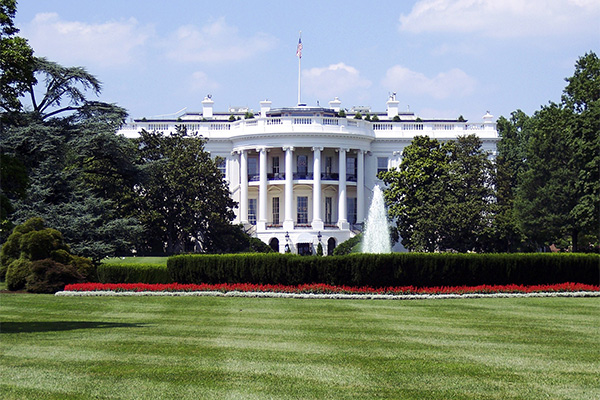
Today, the White House Office of Science and Technology Policy (OSTP) announced the addition of Dr. Philip Duffy as Climate Science Advisor to its first-ever Climate and Environment Division, reinforcing the Biden-Harris Administration’s commitment to using science-based approaches to rapidly reducing carbon emissions and preparing for the unavoidable consequences of climate change. This key hire comes at a critical time, following the recent release of the Intergovernmental Panel on Climate Change (IPCC) report which makes clear the urgent need for greater global action on climate change and the upcoming 26th United Nations Climate Change Conference of the Parties (COP26) in November.
Trained in physics and astrophysics, Dr. Duffy is a highly-regarded climate scientist whose career has focused on understanding the socioeconomic consequences of climate change, and using that understanding to inform societal decisions and policies. He comes to OSTP from the Woodwell Climate Research Center (formerly Woods Hole Research Center) where he served as President and Executive Director. In his role at Woodwell Climate, he led partnerships with groups including Indigenous groups, social justice organizations, under-resourced municipalities, conservation organizations, asset managers, and other leaders in the world of business and finance to understand how risks resulting from climate change affect their work and livelihoods, now and in the future, and how to manage those risks.
Dr. Duffy has served in government before, as a Senior Policy Analyst in OSTP and a Senior Advisor in the U.S. Global Change Research Program, both in the Obama-Biden administration.
Read the full press release.
The major emitter that’s missing from climate negotiations
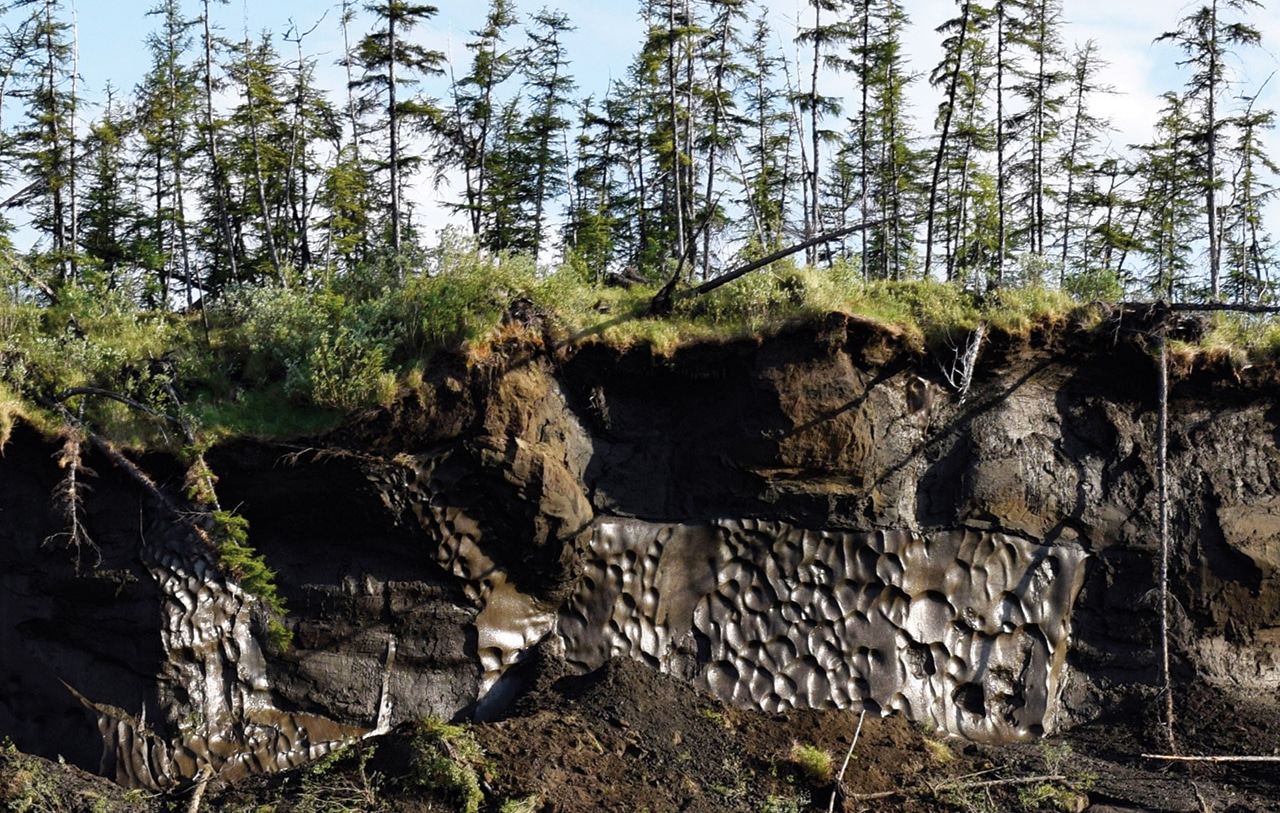
A new analysis from Senate Majority Leader Chuck Schumer’s (D-N.Y.) office finds that pending infrastructure and budget bills would put the U.S. on track to hit the Biden administration’s targets for greenhouse gas emissions reductions over the next decade. That’s good news. But what if we’re aiming for the wrong target?
There’s a major source of greenhouse gas emissions that could derail international efforts to limit climate change, yet most people have never heard of it. It isn’t included in most climate models, nor in the calculations of how quickly we need to curtail fossil fuel emissions. It’s called permafrost, and its carbon footprint this century could be on par with unchecked emissions by the likes of Japan, India, the U.S., or even more than all these nations. Excluding such a player from international calculations and negotiations would be unthinkable. And yet, that is precisely what we’ve been doing with permafrost emissions.
Permafrost is long-frozen soil that has stockpiled immense amounts of carbon over thousands of years. It covers an area almost twice the size of the United States and holds twice as much carbon as is currently in the atmosphere. As the Arctic warms (something it is doing at three times the rate of the rest of the globe). permafrost is thawing—sometimes abruptly and dramatically—and beginning to release carbon dioxide and methane into the atmosphere. As in other parts of the world, Arctic wildfires are increasing in size and intensity, releasing yet more greenhouse gases and thawing more permafrost. The warmer it gets, the more carbon is emitted. And because those greenhouse gases drive even more warming, it can set off a vicious cycle of self-propelled warming.
Read the full opinion piece by Dr. Sue Natali and Dr. Brendan Rogers in The Hill.




